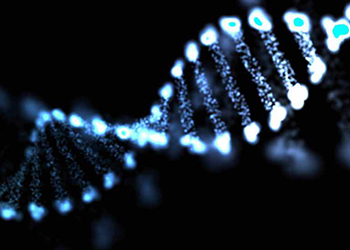Past CureSearch Young Investigator Shizhen Zhu, MD, PhD, and her colleagues at the Mayo clinic have made a significant discovery in understanding how neuroblastoma spreads. CureSearch is proud to have funded research that helped lead to this discovery and looks forward to more updates in the future.
 (mayoclinic.org) – ROCHESTER, Minn. – For the first time, Mayo Clinic researchers and colleagues present data on how nervous system tumors, called neuroblastomas, spread. Their paper, published in Cancer Cell, clarifies the relationship between two genes that fuel the aggressive spread of neuroblastomas.
(mayoclinic.org) – ROCHESTER, Minn. – For the first time, Mayo Clinic researchers and colleagues present data on how nervous system tumors, called neuroblastomas, spread. Their paper, published in Cancer Cell, clarifies the relationship between two genes that fuel the aggressive spread of neuroblastomas.
Neuroblastoma is a cancer that most commonly affects children age 5 or younger, though it may rarely occur in older children. The cancer develops from immature nerve cells found in several areas of the body but most commonly arises in and around the adrenal glands, which have similar origins to nerve cells and sit atop the kidneys.
Like other cancers, neuroblastoma characteristics are linked to genetic alterations.
“Increased expression of the LMO1 gene is associated with aggressive, high-risk neuroblastomas,” says Shizhen Zhu, M.D., Ph.D., lead author on the paper and a biomedical researcher at Mayo Clinic. “Our genetic analyses using zebra fish demonstrates for the first time that LMO1 cooperates with the MYCN gene to accelerate tumor onset and increase tumor penetrance.”
